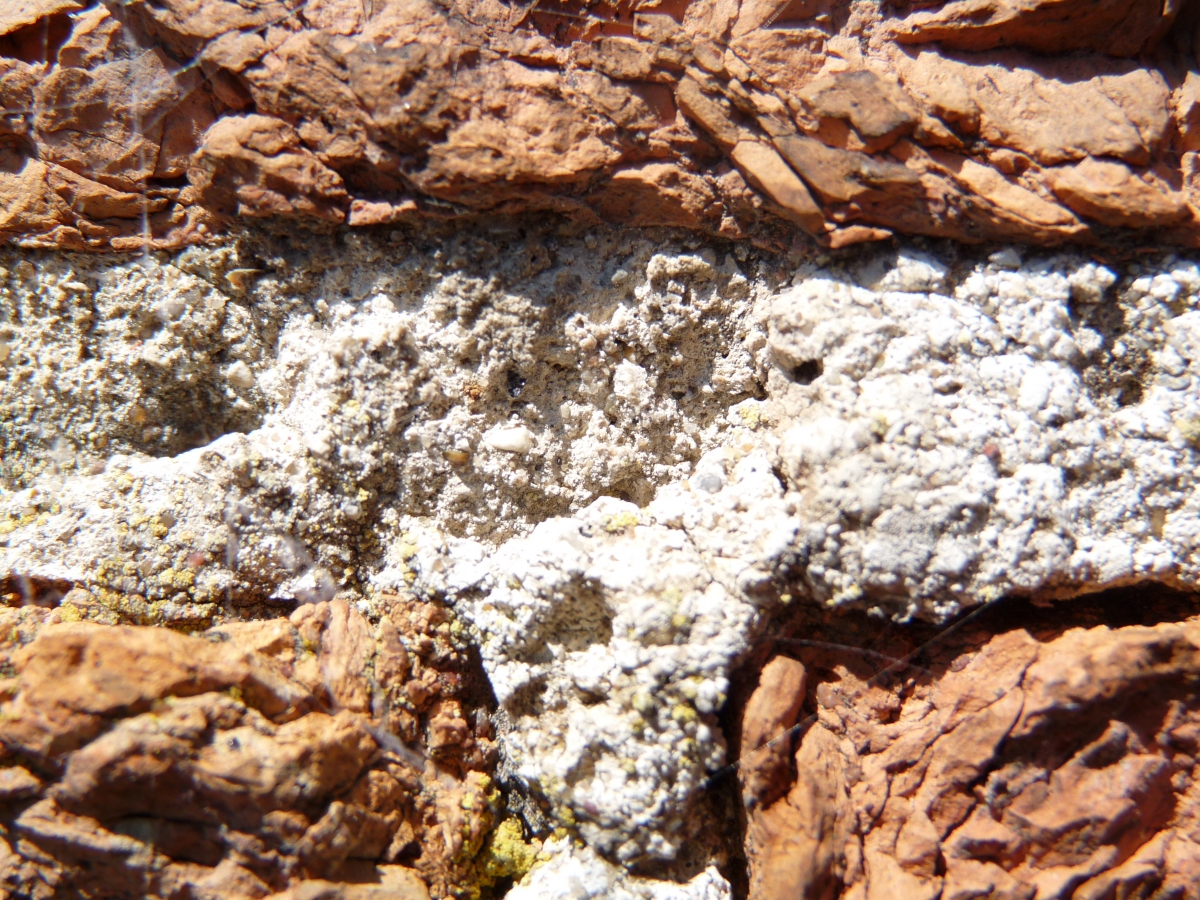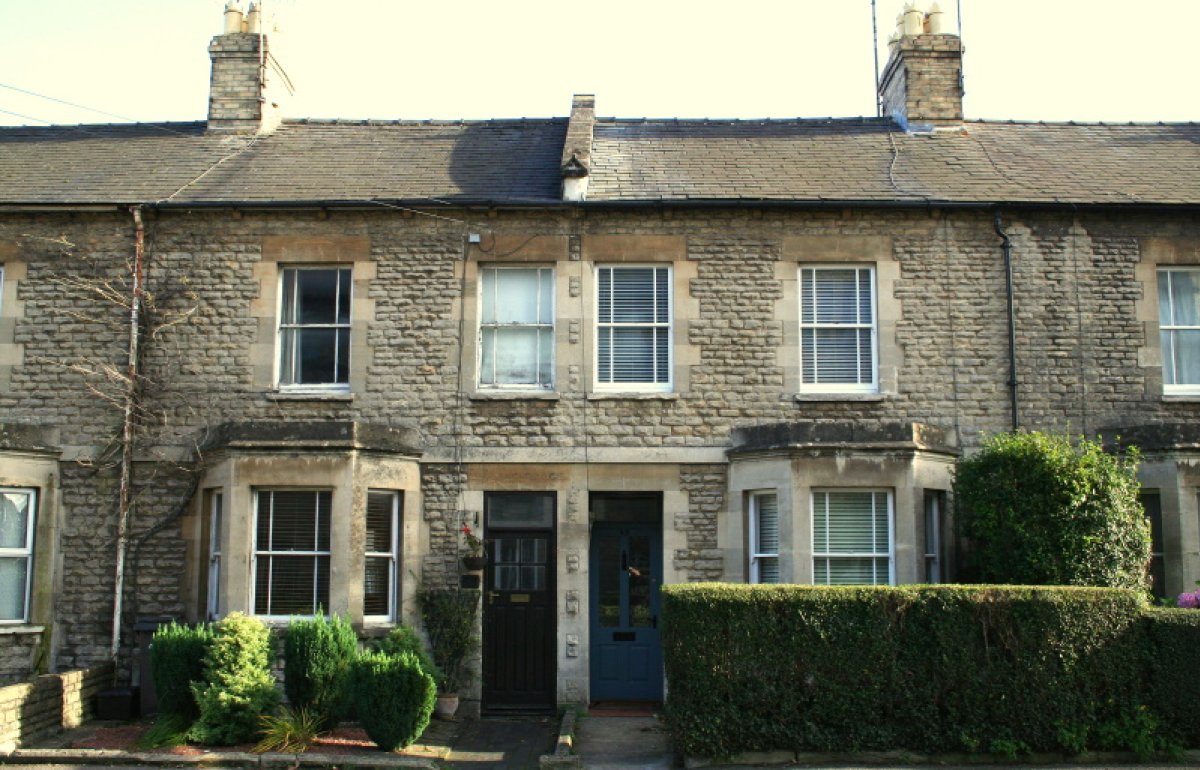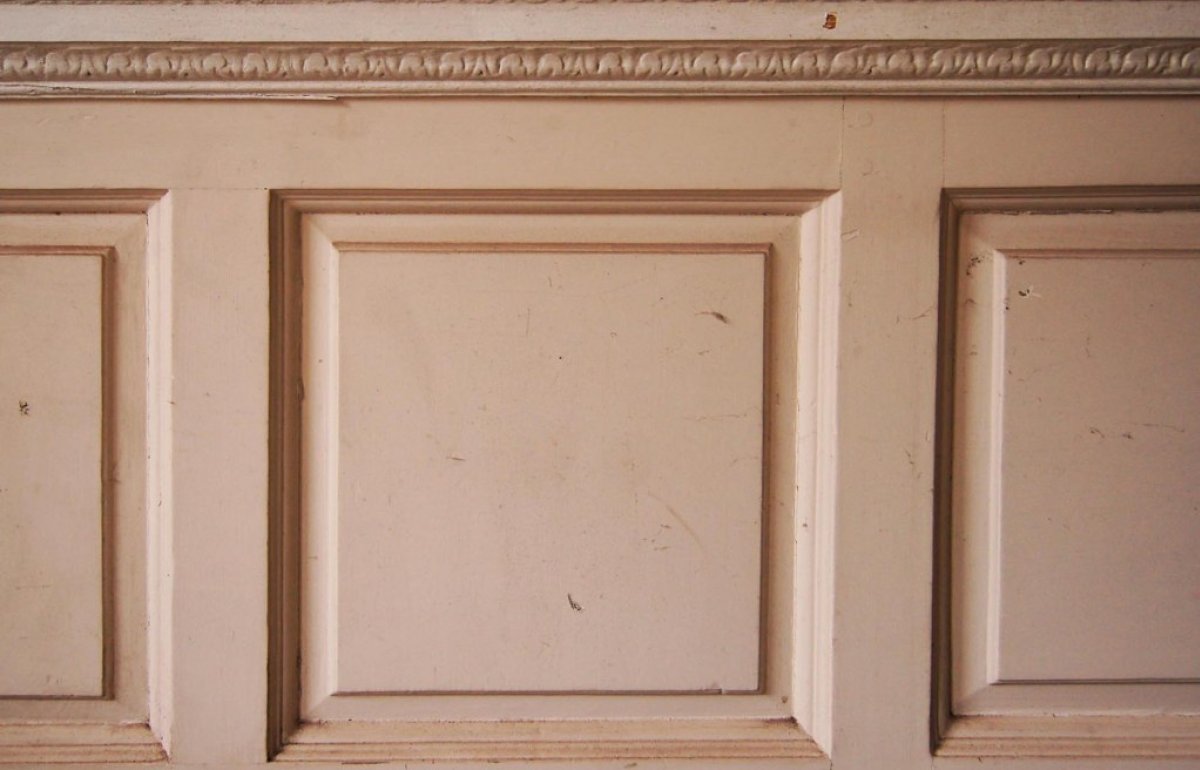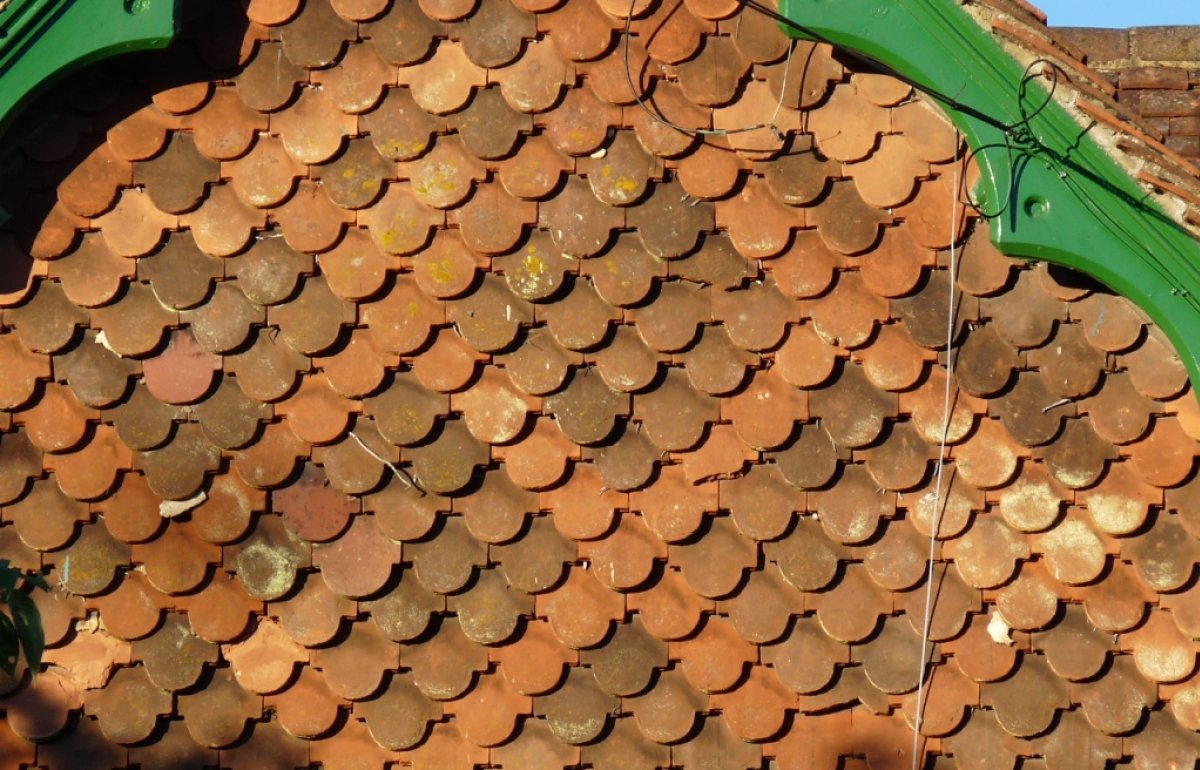Lime
Lime was employed in the construction of nearly all old buildings in Britain. An understanding of this versatile natural material is fundamental to their conservative repair and long-term protection.
What is lime?
The word 'lime' refers to quicklime or slaked lime, widely used to form the binder for mortars, plasters, renders and washes prior to the mid-19th century. Quicklime is produced when limestone is heated in a kiln. Slaked lime is obtained when this is then combined with water to create a putty (stored in tubs), hydrate (bagged powder) or, where the reaction takes place in sand, ‘dry-slaked’ mix. Lime-based products harden by absorbing carbon dioxide to revert back to calcium carbonate (‘carbonation’). Chemically, this is the same as the original limestone, hence the term ‘lime cycle’.
Why use lime?
Unlike modern products, lime-based materials let structures ‘breathe’ and move gently – essential properties with old buildings. They also contribute to their characteristic soft texture.
Despite these advantages, building with lime is a slow process that demands skill and patience. This led to the widespread use of alternative materials, including Portland cement, gypsum plaster and plastic paints. It is apparent, that these have shortcomings of their own and can seriously harm historic fabric. Consequently, lime has enjoyed a revival.
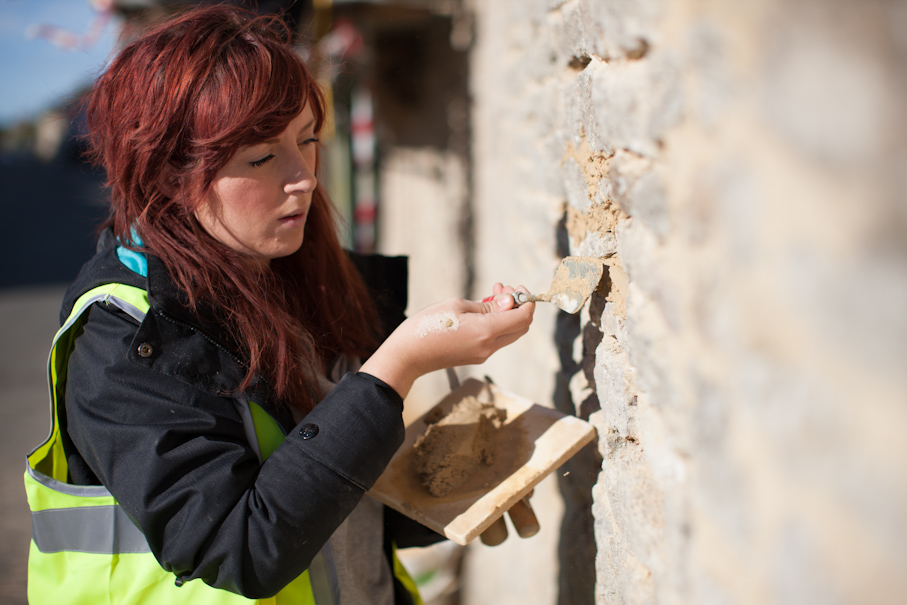
Repointing with lime mortar
What are the different types of lime?
There are two main types for conservation work:
- Non-hydraulic lime from relatively pure limestone. This hardens only by carbonation. It is classified as CL under European standards. The purest is described as ‘fat’, the less pure as ‘lean’. Impurities in the latter impart a slight hydraulicity but insufficient for it to be called ‘hydraulic’.
- Natural hydraulic lime from limestone with reactive silica and aluminium impurities. These have a harder set, as calcium silicates and aluminates form in the presence of water in addition to any calcium carbonate from carbonation. Natural hydraulic lime is classified as NHL 2, 3.5 and 5.

Lime mortar repointing
Lime mortar up close
Which lime should I use?
The SPAB generally advocates the use of repair materials that match those used originally. Our forefathers appreciated that the more hydraulic a lime the greater its strength but the lower its permeability and flexibility; so, the right balance needed to be struck for the particular job in hand. The slow set and workability of non- hydraulic lime, for example, is ideal for internal plasterwork. Where, however, extra durability in early life is required, say with a moderately exposed external wall, a weak hydraulic lime (or, if unavailable, a non-hydraulic one with a pozzolanic additive such as tile dust) might be appropriate for pointing or rendering.
Whereas lime putty was employed historically for plastering inside, mortar for masonry seems to have been produced more cheaply by dry-slaking. Some companies produce dry-slaked mixes.
Is lime putty preferable to hydrated lime?
With hydraulic lime, there will normally be no choice. Unless a weak hydraulic lime, it will, by definition, set if stored under water as a putty, so is almost always supplied as bagged hydrate. Non-hydraulic lime, however, can come in either form. Hydrated non-hydraulic lime is the standard lime widely available in builders' merchants. While this is better than no lime, non-hydraulic lime putty is preferable because it gives a more workable mix with superior plasticity and binding properties, and is guaranteed to stay fresh.

Brushing down a wall after repointing with lime
Holmes, S and Wingate, M (2002) Building With Lime: A Practical Introduction, 2nd edn, London: Intermediate Technology Publications
Schofield, J (1997) Lime in Building: A Practical Guide, 3rd edition, Crediton: Black Dog Press
Schofield, J (2017) Basic Limewash, SPAB Technical Guide, 2nd edition, London: SPAB
Wingate, M (2017) An Introduction to Building Limes, SPAB Technical Guide, 3rd edition, London: SPAB

